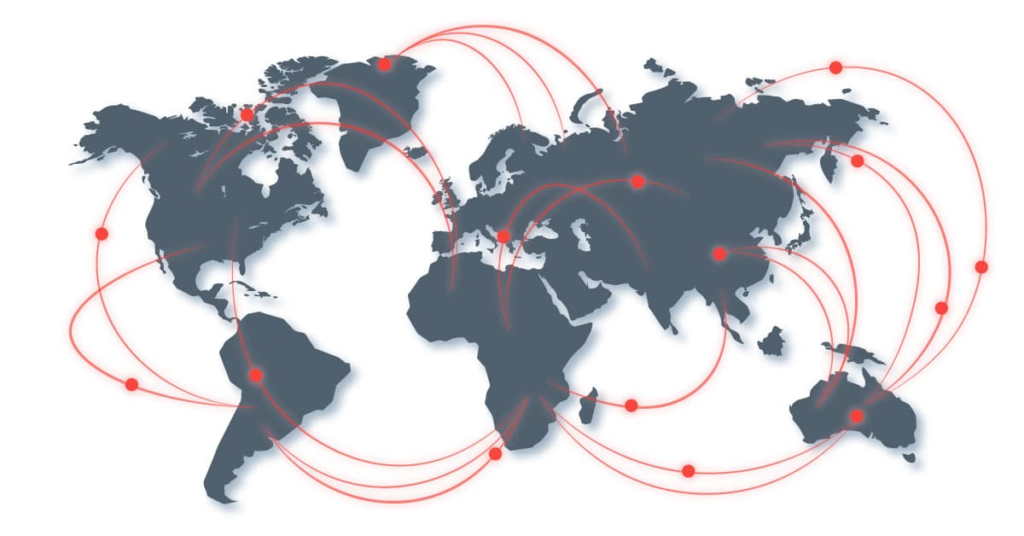Migration of talent has become one of the most important aspects of globalization. Highly skilled professionals, researchers, engineers, doctors, and entrepreneurs often move across borders to pursue better opportunities. The United States, with its strong economy and research ecosystem, has long been a leading destination. Yet U.S. immigration policies, visa rules, and political debates shape whether the country attracts or loses talent, influencing both national competitiveness and global development.
This article looks at how U.S. visa systems affect the migration of talent, the consequences for both America and the world, and what future reforms could mean.
Understanding the Migration of Talent
Migration of talent refers to the movement of skilled professionals across borders. Unlike general migration, which may focus on humanitarian or low-skilled labor, this form of migration directly affects innovation, competitiveness, and economic growth.
When talent moves from developing to developed countries, it can cause a brain drain, leaving the home country short of professionals. But in some cases, it can also become a brain gain when migrants return with skills, send money back home, or create global networks. The United States plays a central role in this dynamic due to its world-class universities, industries, and research institutions.

Why the U.S. Attracts Global Talent
For more than a century, the United States has been the top destination for skilled migrants. Many of the most influential innovators in technology, medicine, and science were immigrants. Today, around 40 percent of Fortune 500 companies were founded by immigrants or their children, showing how migration of talent drives the economy.
The U.S. attracts talent for several reasons:
- Leading universities and research centers.
- Opportunities in high-tech industries like AI, biotech, and finance.
- A culture that encourages entrepreneurship and innovation.
- A large labor market with international reach.
However, whether people can take advantage of these opportunities depends heavily on immigration policy.
U.S. Visa Policies and Their Impact
H-1B Visa for Skilled Workers
The H-1B visa is one of the most popular work visas for skilled professionals, especially in technology and engineering. But the system faces challenges:
- Annual caps are far below the demand.
- Selection happens by lottery, leaving many without opportunities.
- Workers depend on employer sponsorship, which reduces flexibility.
This uncertainty sometimes pushes talent toward other destinations such as Canada or Europe.
Green Cards and Permanent Residency
Many skilled migrants hope to obtain green cards, but long waiting times—sometimes decades for applicants from countries like India or China—create frustration. This delay can discourage professionals from staying in the U.S.
Student Visas and OPT
The U.S. attracts large numbers of international students, especially in STEM fields. Programs like Optional Practical Training (OPT) allow them to work after graduation, but transitioning to permanent residency remains difficult. This situation often drives skilled graduates to return home or move elsewhere.
Brain Drain and Brain Gain
U.S. policies have ripple effects beyond its borders.
For developing countries, the loss of skilled doctors, engineers, and researchers to the U.S. can harm local systems, especially in healthcare. Yet migration can also bring benefits when professionals return with advanced knowledge or send money to their families.
For the United States, skilled immigration is a huge asset. Immigrants contribute to patents, startups, and research. The technology and healthcare sectors, in particular, rely heavily on foreign workers. But restrictive policies risk driving talent away to countries that offer clearer paths to residency and work opportunities.
Global Competition for Talent
Other countries are competing with the U.S. to attract skilled migrants.
- Canada offers flexible immigration policies with clearer paths to permanent residency.
- The European Union is making reforms to attract researchers and workers.
- Countries like China and India are investing in talent retention and encouraging expatriates to return.
This growing competition means the U.S. can no longer rely on its historic appeal alone. Policies will determine whether it stays at the forefront of global innovation.
Challenges in U.S. Immigration Policy
Immigration is politically divisive in the United States, and skilled migration is often caught in broader debates. Current challenges include:
- Long visa and green card backlogs.
- Uncertainty for students and temporary workers.
- Dependence on employer sponsorship for visas.
- Unequal opportunities due to per-country limits.
These problems create instability for skilled workers and businesses, sometimes pushing companies to move jobs abroad.
Case Studies of Talent Migration
Technology Sector
Silicon Valley shows the power of immigrant talent, with companies like Google and Tesla founded by immigrants. Yet tech companies struggle to secure visas for skilled workers, leading some to expand operations outside the U.S.
Healthcare
Immigrant doctors and nurses are vital to the U.S. healthcare system, especially in underserved rural areas. Still, licensing and visa barriers prevent many from filling urgent shortages.
Academic Research
Top U.S. universities attract international students and researchers who contribute to breakthroughs in medicine and science. But uncertainty over visa policies discourages some from pursuing long-term careers in the country.

Possible Pathways to Reform
To maintain its role as a leader in attracting talent, the U.S. could consider reforms such as:
- Expanding H-1B caps or creating new skilled worker visas.
- Reducing green card backlogs and processing times.
- Allowing international students to transition more easily from study to work to residency.
- Encouraging both domestic education and international recruitment.
- Supporting programs that reduce the negative impact of brain drain in developing countries.
These steps would help attract and retain global talent while ensuring a fairer system for all.
Lessons for Global Policy
The U.S. experience offers broader lessons for managing talent migration. Skilled migration should balance national needs with global fairness. Clear and stable policies attract long-term contributors. International cooperation can help reduce brain drain while promoting shared growth.
Conclusion
Migration of talent is reshaping the world economy. The United States has long been a hub for skilled migrants, but growing competition and restrictive policies are challenging its position. Visa rules, green card delays, and political uncertainty influence whether talent stays or looks elsewhere.
For sending countries, U.S. immigration policy determines whether skilled migration results in a drain or a gain through remittances, networks, and returning knowledge. For the U.S., the stakes are high: the country’s leadership in technology, research, and innovation depends on its ability to welcome global talent.
If the United States modernizes its immigration system, it will continue to drive not only its own prosperity but also the direction of global progress.
Do Follow USA Glory On Instagram
Read Next – U.S. Democracy and Global Perception: Voting Rights and Polarization






